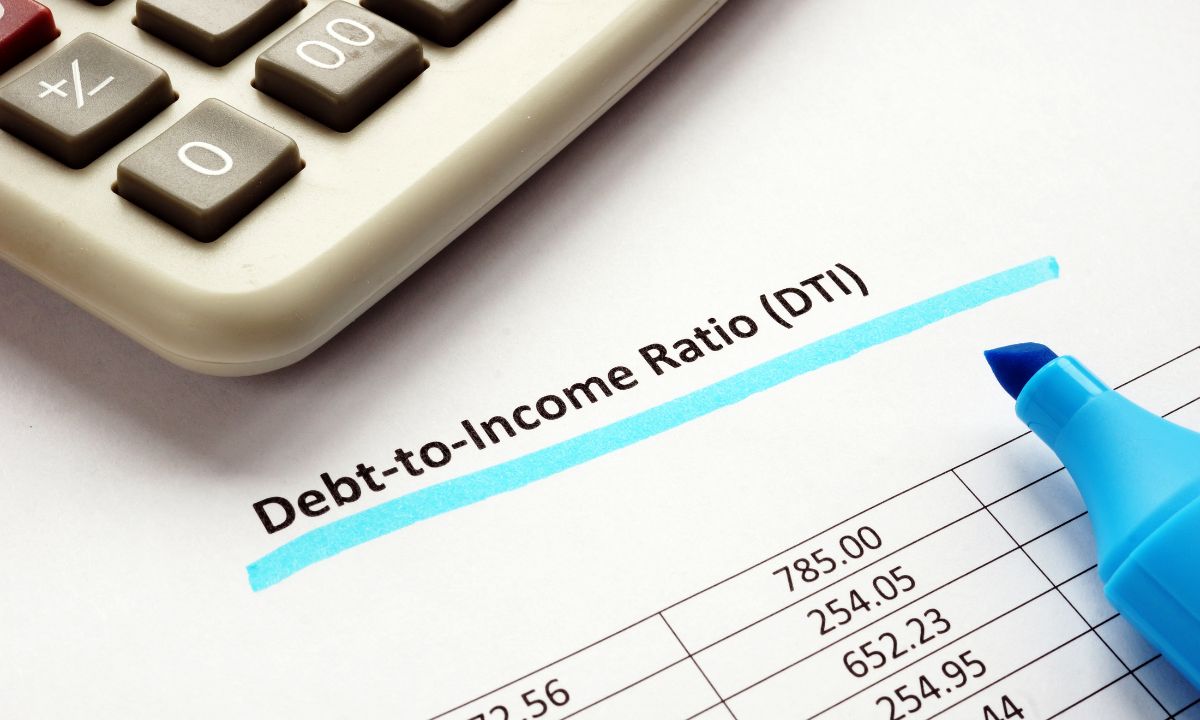 In the realm of real estate, the dream of homeownership often feels like a distant horizon for many individuals and families. Skyrocketing property prices, coupled with stagnant wages, have created significant barriers to entry into the housing market. However, amidst these challenges, there is a glimmer of hope in the form of affordable housing initiatives. These strategies aim to break down the financial barriers and make homeownership accessible to a wider range of people. In this blog post, we’ll explore some innovative approaches that are reshaping the landscape of affordable housing.
In the realm of real estate, the dream of homeownership often feels like a distant horizon for many individuals and families. Skyrocketing property prices, coupled with stagnant wages, have created significant barriers to entry into the housing market. However, amidst these challenges, there is a glimmer of hope in the form of affordable housing initiatives. These strategies aim to break down the financial barriers and make homeownership accessible to a wider range of people. In this blog post, we’ll explore some innovative approaches that are reshaping the landscape of affordable housing.
1. Government Subsidies and Grants
One of the most traditional yet effective methods to make homeownership accessible is through government subsidies and grants. These initiatives provide financial assistance to low-income families, enabling them to secure affordable housing options. Programs like the Federal Housing Administration (FHA) loans and the Department of Housing and Urban Development (HUD) initiatives offer down payment assistance and low-interest mortgages, significantly reducing the upfront costs associated with buying a home.
2. Community Land Trusts
Community Land Trusts (CLTs) have emerged as a powerful tool in the fight against gentrification and housing unaffordability. CLTs acquire land and maintain ownership while allowing residents to purchase homes or lease the land at affordable rates. By separating the cost of land from the cost of housing, CLTs ensure that properties remain permanently affordable for future generations. This model fosters community stewardship and empowers residents to take control of their housing destiny.
3. Shared Equity Models
Shared equity programs offer an innovative approach to homeownership by allowing individuals to purchase a portion of a property while the remaining share is held by a nonprofit organization or government entity. As homeowners build equity over time, they can gradually buy out the shared portion, ultimately owning the property outright. This model not only reduces the financial burden of homeownership but also promotes wealth accumulation and stability for low and moderate-income households.
4. Micro-Housing and Tiny Homes
In response to the growing demand for affordable housing in urban areas, micro-housing and tiny home communities have gained popularity as cost-effective alternatives to traditional housing options. These compact dwellings are designed to maximize space efficiency while minimizing construction costs, making them an attractive option for individuals seeking affordable homeownership solutions. Micro-housing developments often incorporate shared amenities and communal spaces, fostering a sense of community and collaboration among residents.
5. Incentives for Developers
In addition to consumer-focused initiatives, governments can also incentivize developers to prioritize affordable housing construction through tax breaks, density bonuses, and streamlined approval processes. By creating a favorable environment for affordable housing development, policymakers can encourage private sector investment and accelerate the supply of affordable homes in high-demand markets.
Affordable housing initiatives represent a beacon of hope in an otherwise challenging housing market. By leveraging innovative strategies and fostering collaboration between government agencies, nonprofit organizations, and private sector stakeholders, we can make significant strides toward achieving housing equity for all. Whether through government subsidies, community land trusts, shared equity models, or micro-housing developments, there are countless pathways to making homeownership a reality for individuals and families from all walks of life.
 As with most everything, timing is often key to unlocking substantial savings, especially when it comes to refinancing your loans. Whether you’re eyeing a lower interest rate, aiming to shorten your loan term, or simply seeking to tap into equity, strategic timing can significantly impact your financial outcomes. It is vital for a loan originator to empower the borrower with the knowledge of when to refinance.
As with most everything, timing is often key to unlocking substantial savings, especially when it comes to refinancing your loans. Whether you’re eyeing a lower interest rate, aiming to shorten your loan term, or simply seeking to tap into equity, strategic timing can significantly impact your financial outcomes. It is vital for a loan originator to empower the borrower with the knowledge of when to refinance.
 Choosing the right mortgage term is a critical decision when purchasing a home. The two most common options are 15-year and 30-year mortgage terms. Let’s compare the advantages and disadvantages of each to help you make an informed decision:
Choosing the right mortgage term is a critical decision when purchasing a home. The two most common options are 15-year and 30-year mortgage terms. Let’s compare the advantages and disadvantages of each to help you make an informed decision: If you’re like many of us, your furry friends aren’t just pets; they’re beloved members of the family. As you embark on the journey of finding your dream home, it’s essential to consider their needs alongside yours. From spacious yards to pet-friendly communities, here’s a guide to finding the perfect home for both you and your four-legged companion.
If you’re like many of us, your furry friends aren’t just pets; they’re beloved members of the family. As you embark on the journey of finding your dream home, it’s essential to consider their needs alongside yours. From spacious yards to pet-friendly communities, here’s a guide to finding the perfect home for both you and your four-legged companion. A mortgage escrow account, also known simply as an escrow account, is a financial arrangement set up by a mortgage lender to manage and disburse certain payments related to the property on behalf of the homeowner. The purpose of an escrow account is to ensure that essential expenses, such as property taxes and homeowners’ insurance, are paid on time.
A mortgage escrow account, also known simply as an escrow account, is a financial arrangement set up by a mortgage lender to manage and disburse certain payments related to the property on behalf of the homeowner. The purpose of an escrow account is to ensure that essential expenses, such as property taxes and homeowners’ insurance, are paid on time. Undertaking home renovations can be an exciting endeavor, whether you’re looking to enhance your living space, increase property value, or simply modernize your home. However, financing these projects can often pose a significant challenge. While personal loans and refinancing are popular options for funding renovations, it’s important to weigh the advantages and disadvantages before deciding.
Undertaking home renovations can be an exciting endeavor, whether you’re looking to enhance your living space, increase property value, or simply modernize your home. However, financing these projects can often pose a significant challenge. While personal loans and refinancing are popular options for funding renovations, it’s important to weigh the advantages and disadvantages before deciding.
 When it comes to buying real estate, stepping into your dream home isn’t just a matter of physical visits anymore. Thanks to the innovative integration of virtual reality (VR) technology, prospective buyers and curious renters can now explore properties from the comfort of their own spaces. This revolutionary shift not only transforms the way we house-hunt but also reshapes our perceptions of what the future holds in real estate.
When it comes to buying real estate, stepping into your dream home isn’t just a matter of physical visits anymore. Thanks to the innovative integration of virtual reality (VR) technology, prospective buyers and curious renters can now explore properties from the comfort of their own spaces. This revolutionary shift not only transforms the way we house-hunt but also reshapes our perceptions of what the future holds in real estate. When it comes to securing a mortgage for your dream home, there’s a crucial number that can make or break your application: your debt-to-income ratio (DTI). Understanding and managing your DTI is essential for navigating the mortgage approval process smoothly. Let’s delve into what DTI is, why it matters, and how you can calculate it.
When it comes to securing a mortgage for your dream home, there’s a crucial number that can make or break your application: your debt-to-income ratio (DTI). Understanding and managing your DTI is essential for navigating the mortgage approval process smoothly. Let’s delve into what DTI is, why it matters, and how you can calculate it.